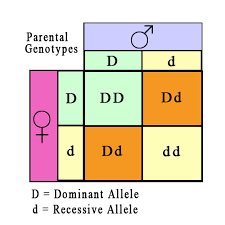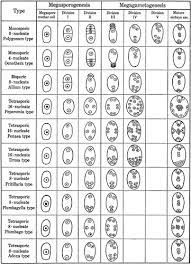SEXUAL PROPAGATION (PROPAGATION BY SEEDS)
PROPAGATION
DEFINITION:
Plant propagation
refers to multiplication or perpetuation of individual or group of plants which
have specific value to the human kind.
METHODS OF PROPAGATION:
- Sexual propagation (reproductive propagation or propagation by seeds)
- Asexual propagation (vegetative
propagation)
SEXUAL
PROPAGATION (PROPAGATION BY SEEDS):
Sexual propagation
of plants is by means of seeds. The seeds are the fertilized ovule containing
embryos resulting from the union of male and female gametes during
fertilization. The embryo in the seed gives rise to the new plants during
germination.
IMPORTANCE
OF SEXUAL REPRODUCTION:
- Seed propagation is necessary when the vegetative propagation is unsuccessful or difficult or expensive e.g., papaya
- When seeds are required in large number, seed propagation is the only mean e.g., forest trees
- The rootstocks used for grafting mango and sapota and for budding peaches and plums are raised only by seeds
- To take advantage of the polyembryony seedlings.
SEED VIABILITY
AND LONGEVITY (SEED TESTING):
Seed viability:
Seed viability means the
presence of life in the embryo
Seed longevity:
Seed longevity refers to the
length of time up to which the seed will retain their viability.
Seeds have been broadly classified into two major groups based on longevity, seed moisture content and response to drying. They are:
- Orthodox
- Recalcitrant
The orthodox
seeds can safely dried to low moisture content and the storability of such
seeds improves with the lowering of seed moisture. Seeds of most field crops,
seasonal vegetables and flowers are orthodox in nature on the other hand , many
horticulture crops produce seeds which lose viability; when dried to moisture
contents below a critical level as irreversible ultra structural damages are
caused to the seeds. Such seeds are
known as recalcitrant seeds. Because of this factor, the longevity of horticultural
seeds is relatively shorter, ranging from few days of few months. Viability can
be tested by germination tests, excised embryo test and tetrazolium test. Among
them, the tetrazolium test is more reliable and easy to do. One percent aqueous
solution of 2,3,5-triphenyl tetrazolium chloride (pH6-7) is taken in a Petri dish
and water soaked seeds are placed in it and kept in dark, warm place. A viable seed
takes red coloured stain while a nonviable seed remains colorless.
SEED SOWING:
The seeds
may be sown in raised beds in open or sown in containers like seed pan or seed
boxes. The soil in the bed must be porous and light; may be made by incorporating
one part of loamy soil, one part of sand and two parts of finely sifted cattle
manure. The seed pans may be 10cm in height and 30 to 40cm in diameter and the seed
boxes have a 45cm length and 10cm depth. These may be filled with a good soil
mixture. proper spacing and maintaining optimum moisture level in the soil
media are essential to produce healthy seedlings.
Introduction
to horticulture 8th edition author N.Kumar









Comments